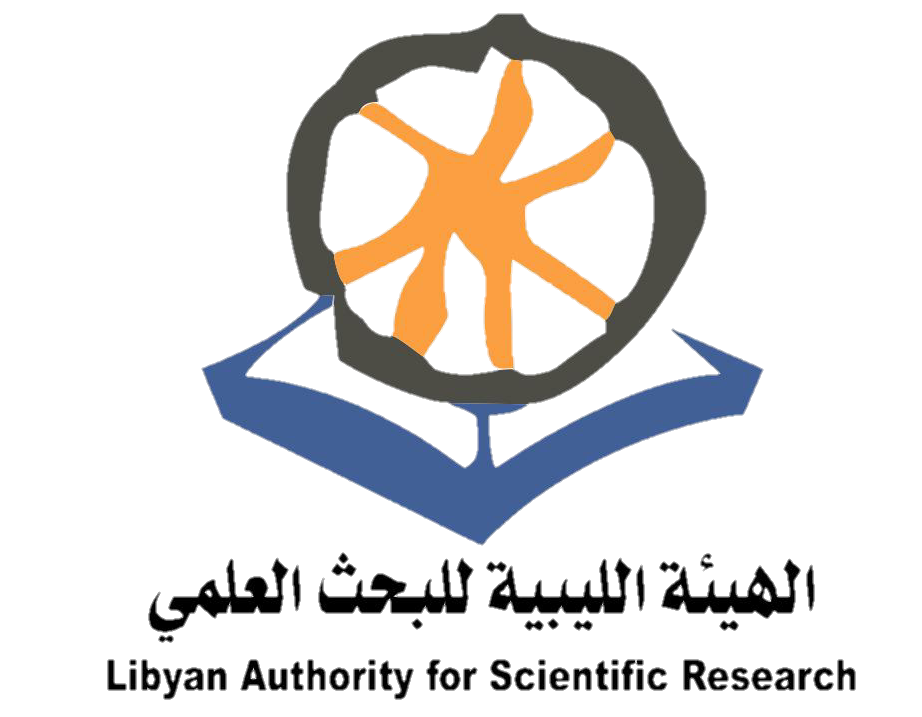Mycorrhizal fungi Associationswith Rhizobiumjaponicumfor Soybean (Glycine max L )onGrowthand Root colonization
Abstract
Inoculation with Rhizobium japonicum significantly increased the dry matter yield of aerial and ground parts of soybean plants, where the mean values were 30.50 and 16.05% for shoot and root in case of super-phosphate, while these values increased to 33.1and 17.40%, respectively when rock-P was applied. The results showed thatR. japonicum increased the yield by 49%, 20%, 56% and 27.50%of shoot and root compared to uninoculated treatments in the presence of super-phosphate and rock-P, respectively.Data also showed that single inoculation with mycorrhizae in the presence of such P-sources increased dry weight of shoot by about, 41.81 and 47.41% over the uninoculated when super-phosphate and rock-P, respectively. The maximum yield was recorded with combined inoculation (Glomus mosseae + R. japonicum) even in the presence of super or rock-phosphate. It is obvious that, 60 days after inoculation in the presence of P-sources and Fe-levels, application of iron and treatment of R. japonicum culture significantly increased nodule dry weights by 139% and 255%, respectively. Inoculation with R. japonicum, G. mosseae and combined inoculation were significantly increased P-uptake in soybean shoots about 42.7, 49.7 and 91.80% in case of super-P, as compared with 81.3, 89.2 and 189.7% with rock-P dressing.Such clear difference can be attributed to the concentration of P% in each unit in the rock-p;13.8 comparing with 8.6 in superphosphate (of ca 5.2 difference) as well as the presence of many nutrients in the rock-p that support the rhizobial strain and Soybean cultivar growth.













